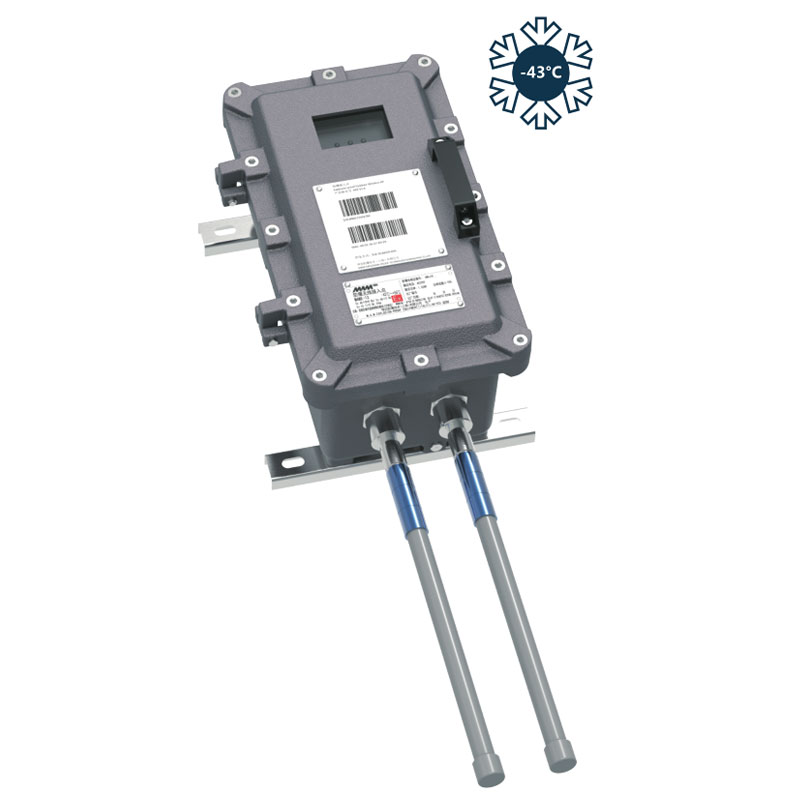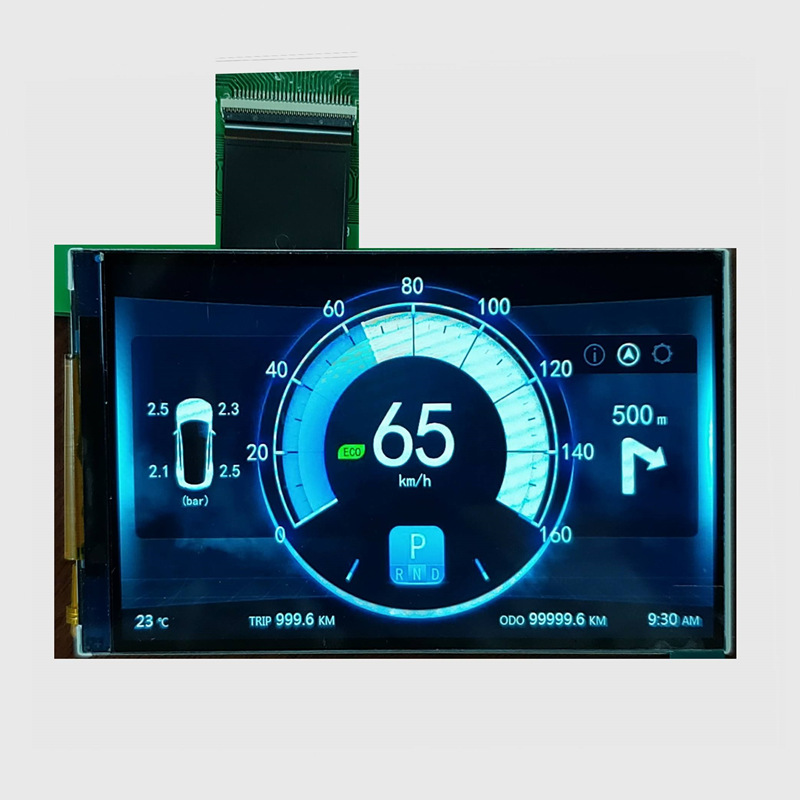What Are the Requirements for Explosion-Proof?
Explosion-proof equipment is designed to prevent the ignition of flammable gases, vapors, or dust, providing a safe operational environment in hazardous areas. Complying with specific requirements is essential to ensure the effectiveness and reliability of explosion-proof installations. Here are key requirements for explosion-proof equipment:
1. Hazardous Area Classification
Identify and classify the hazardous area based on the types and levels of flammable substances present. Different regions have specific standards and classification systems, such as the Class, Division, and Group classification in North America, or the Zone system in Europe and other parts of the world. Understanding the hazardous area classification is foundational to selecting suitable explosion-proof equipment.
2. Compliance with Standards and Regulations
Explosion-proof equipment must comply with industry-specific standards and regulations. In North America, this includes adherence to standards such as the National Electrical Code (NEC) or the Canadian Electrical Code (CEC). In Europe, compliance with ATEX directives is crucial. Meeting these standards ensures that the equipment is designed, tested, and certified for safe operation in potentially explosive atmospheres.
3. Ingress Protection (IP) Rating
Explosion-proof equipment should have a suitable Ingress Protection (IP) rating to prevent the entry of dust, liquids, or other contaminants that could compromise the integrity of the enclosure. The IP rating is typically represented as two digits; the first digit indicates protection against solid objects, and the second digit indicates protection against liquids.
Explosion-proof WIFI Access Point
4. Robust Construction and Materials
Explosion-proof equipment should be constructed with durable and robust materials capable of withstanding the environmental conditions of the hazardous area. Enclosures must be designed to contain and withstand internal explosions, preventing the release of flames or sparks to the external atmosphere. Materials used should be corrosion-resistant and able to maintain their structural integrity under challenging conditions.
Electrical Equipment & Supplies
5. Sealing and Gasketing
What are the Advantages of Deep Cycle Battery?
When Would You Use a Limit Switch?
Is Flexible Conduit Explosion-Proof?
SMT PCB Buffer vs. Conveyors: Which Is Better for Your Assembly Line?
The Anatomy of Precision Instruments PCBA
4-Megapixel USB Cameras vs. 1080p: Unraveling the Differences in Image Quality
Seals and gaskets are critical components of explosion-proof enclosures. They must effectively seal any potential openings, preventing the entry of flammable substances and providing a secure barrier against external elements. Regular inspection and maintenance of seals are essential to ensure ongoing effectiveness.
6. Temperature Ratings
Explosion-proof equipment should have appropriate temperature ratings to ensure safe operation in the specified hazardous environment. Components such as motors, lighting fixtures, and electronic devices must be rated for the maximum temperature anticipated during normal operation.
7. Marking and Certification
All explosion-proof equipment should bear visible markings indicating compliance with relevant standards and certifications. These markings often include the appropriate classification, certification agency, temperature ratings, and other essential information. Certification from recognized bodies is crucial to validate the equipment's suitability for use in hazardous areas.
8. Proper Installation and Maintenance
Installation of explosion-proof equipment should be carried out by qualified personnel following manufacturer guidelines and local regulations. Regular maintenance, including inspections, testing, and any necessary repairs, is essential to ensure ongoing compliance and reliability. Adequate training for personnel working with or around explosion-proof equipment is also vital for maintaining a safe operational environment.
Conclusion
Meeting the requirements for explosion-proof equipment is essential for safeguarding personnel, property, and the environment in hazardous areas. Adherence to standards, proper installation, and regular maintenance contribute to the overall effectiveness and longevity of explosion-proof installations, providing a secure working environment in potentially explosive atmospheres.
Choosing the right COB LED
Understanding ESD Protection: How PCB Consumables Prevent Static Damage
What is the best way to join electrical wire?
4-Megapixel USB Cameras vs. 1080p: Unraveling the Differences in Image Quality
How Long Can a Diesel Generator Run Continuously?
What Is the 90-Degree Rule for Polarizers?
How do you maintain diagnostic tools?



